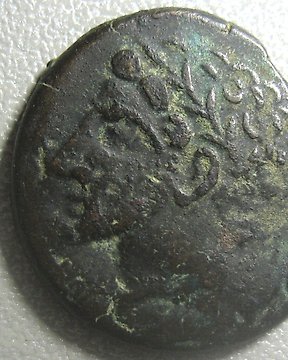Supersnel verzonden! Hele aardige bezorger top! En goed ingepakt. Is een heel klein muntje maar ben er heel erg blij mee. Zo aan het einde van het Romeinse Rijk de laatste stuiptrekkingen…….dank……
Προβολή μετάφρασηςThanks a million for your feedback! I’m happy that you like your new authentic and small beauty piece! Yes, the Marcian is the smallest Roman coin in my collection, but still very beautiful and rare:)












